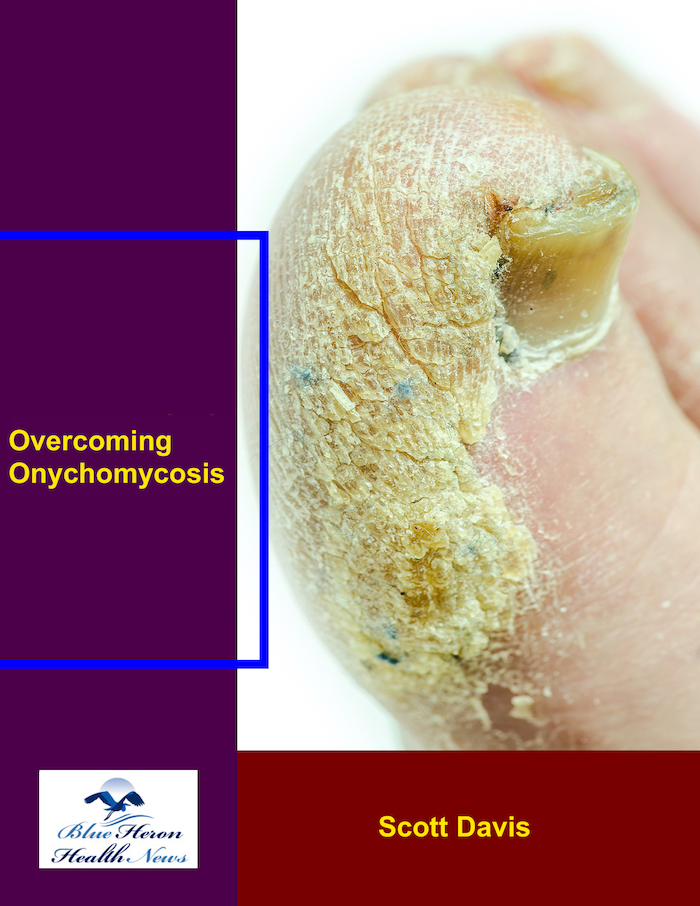
Overcoming Onychomycosis™ By Scott Davis It is a simple, natural, and all-in-one solution for onychomycosis. The program can help you to treat your nail fungus naturally. Once you follow this program, you do not need to spend on expensive treatments to prevent a recurrence. In brief, you can have a proven solution for your chronic nail fungus. Besides, the program is easy to follow, and most users find it effective against onychomycosis.
What is the role of H2 blockers in treating acid reflux?
H2 blockers (or histamine-2 receptor antagonists) are an essential medication to treat acid reflux (GERD), since they reduce the quantity of acid your stomach produces. They’re especially wonderful for mild to moderate symptoms, and are often prescribed when antacids aren’t enough but PPIs (proton pump inhibitors) may not be required.
???? How H2 Blockers Work
Histamine is a messenger chemical that instructs your stomach to release acid.
H2 blockers block histamine at H2 receptors on the lining of the stomach.
This decreases the production of acid, particularly at night when acid production is higher.
???? Common H2 Blockers
Famotidine (Pepcid) – most commonly used today
Cimetidine (Tagamet) – less commonly used due to drug interactions
Nizatidine and Ranitidine – ranitidine has been withdrawn from most markets due to contamination problems
✅ Benefits of H2 Blockers for Acid Reflux
Fast-acting (relief in 30–60 minutes)
Longer-lasting than antacids (effects can last up to 12 hours)
Effective for:
Heartburn and indigestion
Nighttime acid reflux
Mild GERD
Usually used for on-demand or as-needed relief
Can be taken before meals or at bedtime
⚠️ Limitations and Side Effects
May not control severe or chronic GERD as well as PPIs
Tolerance can develop with daily use (i.e., they become less effective over time)
Side effects (usually mild and uncommon):
Headache
Drowsiness or dizziness
Diarrhea or constipation
Vitamin B12 deficiency (less common, with prolonged use)
Drug interactions more likely with cimetidine than famotidine
???? When Are H2 Blockers Prescribed?
As a step-up from antacids or a step-down from PPIs
In patients with nocturnal reflux (typically at bedtime)
When symptoms are intermittent and mild
With combination therapy with PPIs for short-term symptom control
✅ In Summary
H2 blockers are an excellent option for curing mild to moderate acid reflux, especially at night or sometimes. They work fast, are relatively safe, and are prescribed when antacids are not enough but PPIs may be too much.
Would you like to compare H2 blockers with PPIs or get some tips on their use?
Proton pump inhibitors (PPIs) work by blocking the enzyme system responsible for producing stomach acid, and they are consequently one of the best treatments for acid reflux, GERD (gastroesophageal reflux disease), and ulcers.
???? How PPIs Work:
PPIs target the “proton pump”—a protein in the lining of the stomach known as H⁺/K⁺-ATPase. It is the final step in acid secretion by stomach cells.
Action: PPIs block this pump irreversibly, greatly reducing acid production—even after meals.
???? What Happens When You Take a PPI:
You ingest the PPI (usually as a delayed-release tablet or capsule).
The medication becomes effective in the blood and migrates to the acid-secreting cells lining the stomach.
It binds to and protects the proton pumps, blocking acid secretion.
With reduced acid:
Heartburn reduces
Inflammation of the esophagus heals
Ulcers can heal
Reflux symptoms subside
⏱️ How Long Until PPIs Work?
Onset: Not immediate—1 to 4 days for maximal effect.
Duration: Remains 24 to 72 hours per dose.
Best taken: 30–60 minutes before meals, typically breakfast.
???? Generic PPIs:
Generic Name\tBrand Name (Examples)
Omeprazole\tPrilosec, Losec
Esomeprazole\tNexium
Lansoprazole\tPrevacid, Zoton
Pantoprazole\tProtonix, Somac
Rabeprazole\tAcipHex, Pariet
✅ Benefits of PPIs:
Very effective in the event of frequent heartburn or GERD
Promote healing of erosive esophagitis and stomach ulcers
Prevent acid-induced damage in people who are taking NSAIDs
Typically needed for patients with Barrett’s esophagus or Zollinger-Ellison syndrome
⚠️ Risks and Side Effects (with long-term use):
Nutrient deficiencies (e.g., magnesium, calcium, vitamin B12)
Greater risk of bone fractures
Greater risk of infections (e.g., Clostridioides difficile, pneumonia)
Possible kidney problems (rare and serious)
Rebound acid overproduction upon cessation
???? Bottom Line:
PPIs severely reduce stomach acid by suppressing its production at its source. They’re best for severe to moderate reflux or long-standing acid-related disease, but should only be used at the lowest dose necessary for the shortest duration needed.
Do you want to compare PPIs and H2 blockers or taper off PPIs safely?
Overcoming Onychomycosis™ By Scott Davis It is a simple, natural, and all-in-one solution for onychomycosis. The program can help you to treat your nail fungus naturally. Once you follow this program, you do not need to spend on expensive treatments to prevent a recurrence. In brief, you can have a proven solution for your chronic nail fungus. Besides, the program is easy to follow, and most users find it effective against onychomycosis.
